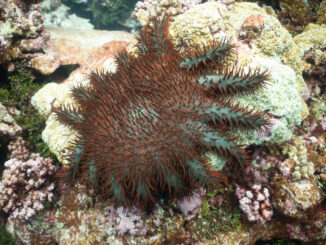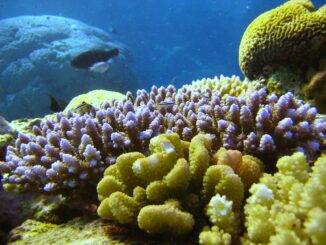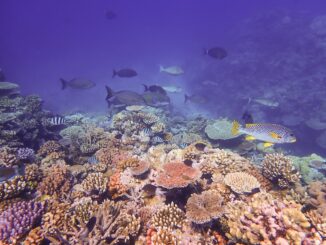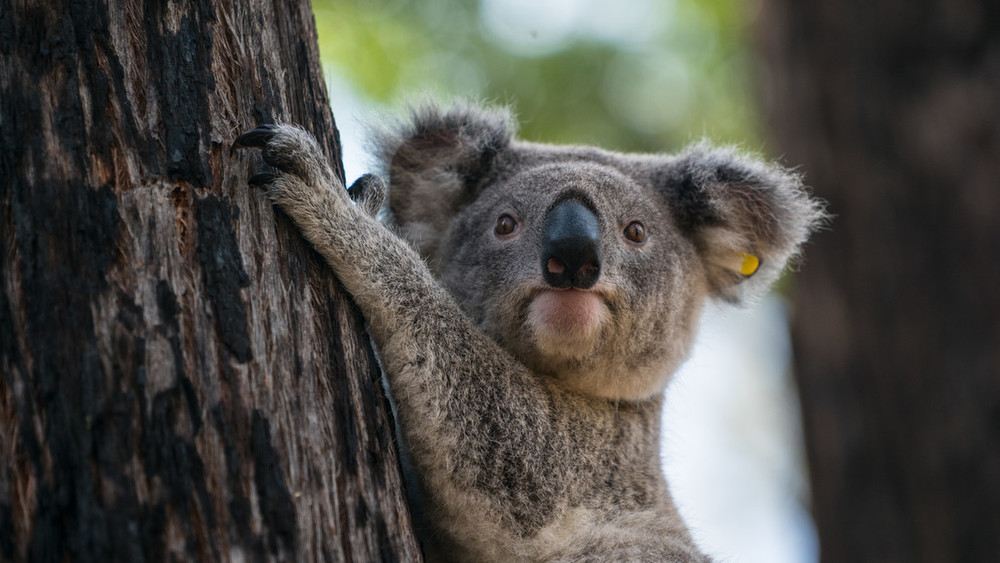
Putting a halt to ongoing extinctions and extinction risk in Australia will take 30 years and cost more than AUS$15.6 billion per year, according to a newly published assessment.
The Australian continent is famous for its biodiversity and unique, endemic species like the koala and platypus. The country has already lost more than 100 of its native species to extinction since European settlers began colonizing the land there.
The Australian government has a list of 110 priority species facing the threat of extinction. The government has pledged to do what it takes to save them.
According to researchers at Griffith University, the price tag for saving 99 of them is $15.6 billion annually. And it would take the government 30 years to ensure these species’ survival for the foreseeable future.
Those findings are now published in the Proceedings of the National Academy of Sciences (PNAS).
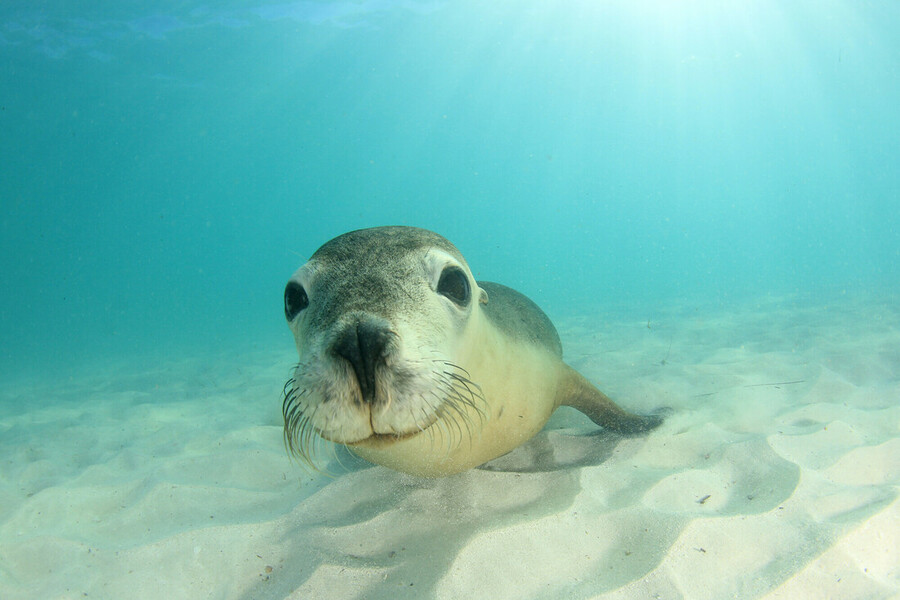
Photo: An Australian sea lion. © Shutterstock / Rich Carey / WWF
The hefty price tag “is a direct result of decades of under spending,” said Dr Romola Stewart, World Wildlife Fund-Australia’s Head of Evaluation and Science and one of the co-authors of the new study.
“Turning this tragedy around will take a dramatic increase in action and investment,” she said in an overview.
Almost all of Australia is feeling the global extinction crisis.
For example, an endangered population of koalas is being decimated by speeding cars bisecting critical habitat in central Queensland, Australia, scientists are warning. Should the roadkill incidents continue unabated there is very little chance that the population can recover, they say.
For other species, it may be too late.
Dr. Michelle Ward, the lead author of the study, said in a summary that many species on Australia’s endangered and threatened list were found to be non-recoverable due mainly to climate change. This includes several species of endangered frogs
“Species such as Mountain-top Nursery Frog and Swan Galaxias were found to be of real concern and need active ex-situ conservation,” she said.
The world is facing a biodiversity crisis that grows worse every year. Nations are struggling to organize conservation efforts that might put a halt to the sixth great mass extinction now underway.One of those initiatives includes a global “30 by 30” campaign where governments are pledging to place 30% of the global under conservation and biodiversity protections by 2030.

